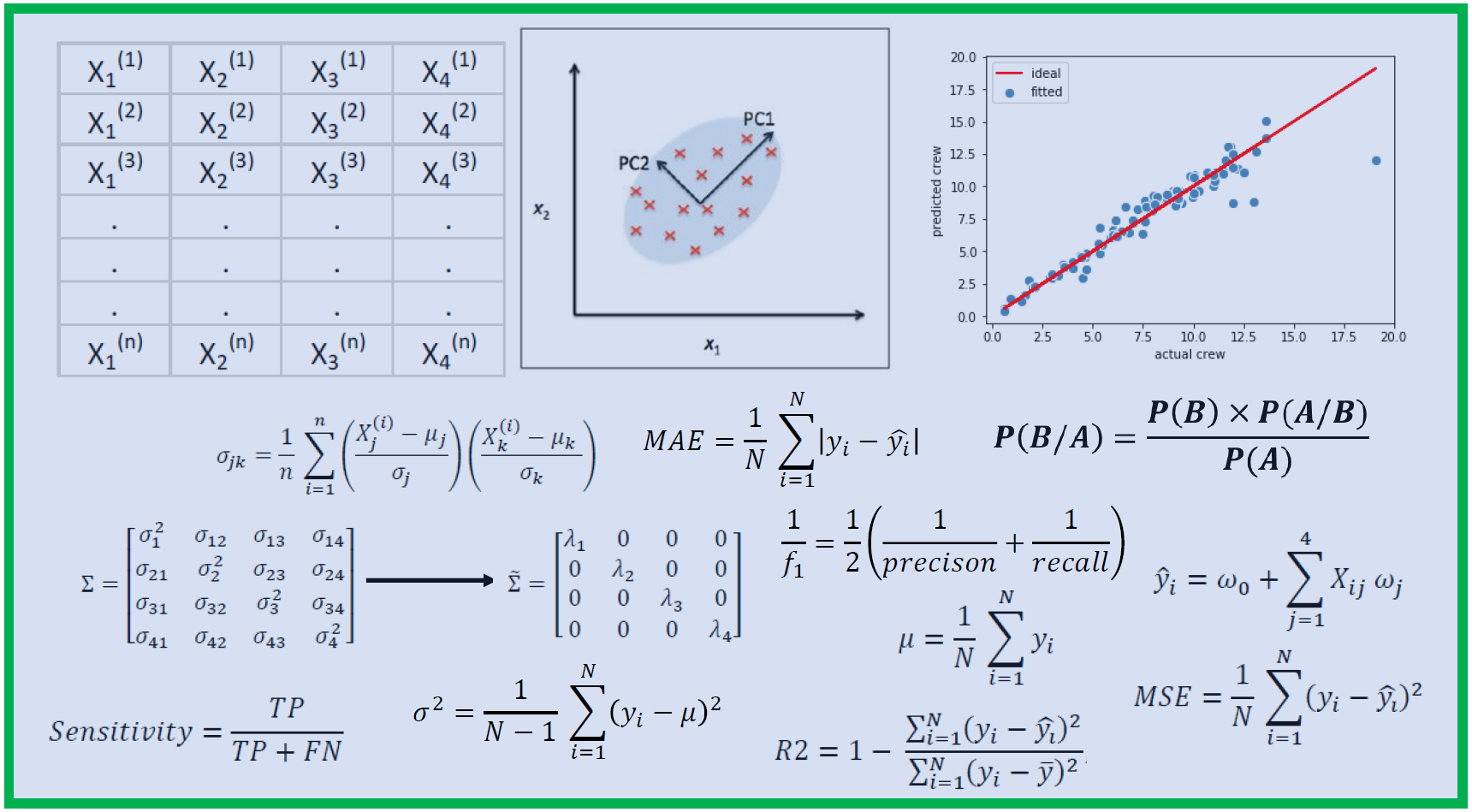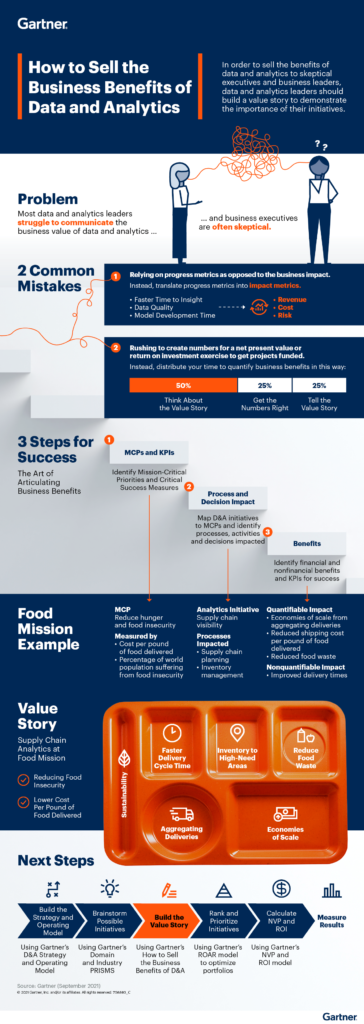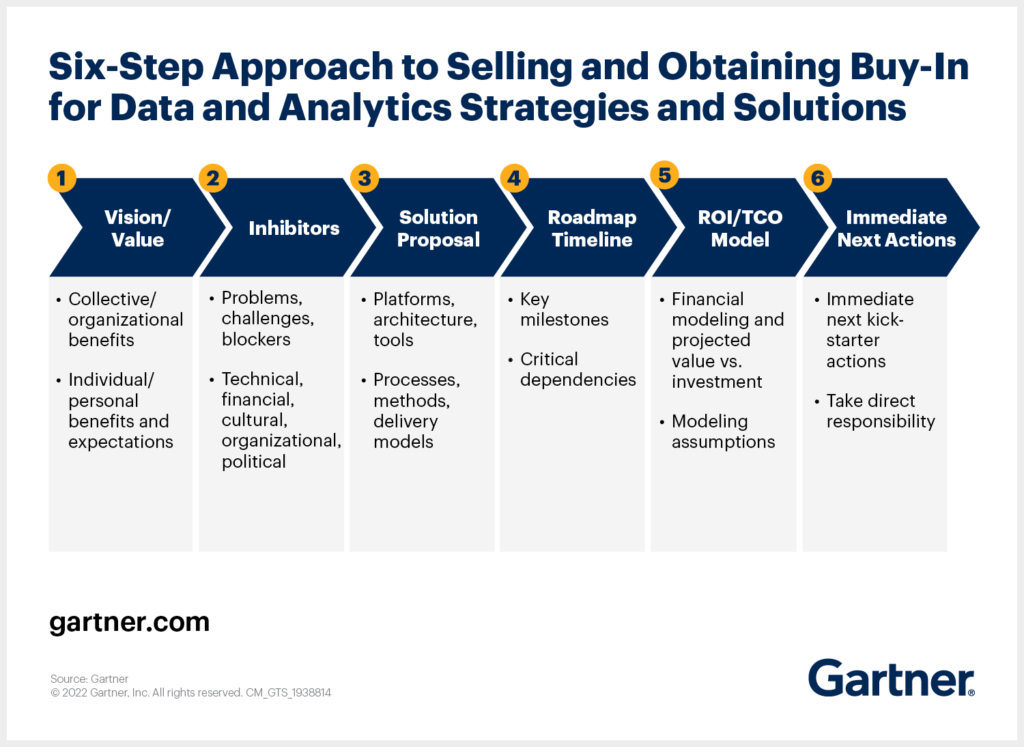In today’s data-driven world, data analytics has become an essential tool for businesses to make better decisions. Organizations are using data analytics to gain insights into customer behavior, track business performance, and optimize operations. However, many people still wonder whether data analytics requires strong math skills. The answer is not straightforward, and it depends on the type of data analytics you’re working with.
Data analytics involves using mathematical and statistical methods to analyze data and draw conclusions. Therefore, having a strong foundation in math is undoubtedly an advantage in data analytics. However, not all data analytics roles require the same level of math proficiency. For instance, if you’re working as a data analyst, you will need to have a solid understanding of statistics, linear algebra, and probability theory. Meanwhile, if you’re working as a data scientist, you will need to have advanced math skills in calculus, differential equations, and optimization.
Yes, data analytics requires math. Math is essential for data analysis and data science. Math is used to create algorithms, translate data into useful information, and make predictions. To become a data analyst, you must understand basic concepts such as probability, statistics, linear algebra, calculus, and machine learning. You also need to be familiar with coding languages like Python and R.

Does Data Analytics Require Math?
Data analytics is a growing field of computer science that combines aspects of data processing, data mining, and machine learning to gain insights from large sets of data. As such, it involves a great deal of mathematics, particularly in the areas of linear algebra, calculus, probability, and statistics. However, the exact level of mathematical knowledge required to be successful in data analytics varies depending on the specific application.
Linear Algebra
Linear algebra is a fundamental mathematical discipline that deals with vector spaces, matrices, and linear transformations. It is essential for understanding the inner workings of many machine learning algorithms, such as linear regression and neural networks. Additionally, linear algebra is used to analyze the structure and relationships between data points in a dataset. As such, a working understanding of linear algebra is essential for data analytics.
Linear algebra is also used for data manipulation and processing. For example, it can be used to transform a dataset from one form to another, such as from a matrix to a vector. It can also be used to reduce the dimensionality of a dataset, which is useful for data visualization. Furthermore, linear algebra can be used to find correlations between features in a dataset, which can be used to inform machine learning models.
Calculus and Probability
Calculus is a branch of mathematics that is used to study functions, derivatives, integrals, and limits. It is essential for understanding the theoretical foundations of machine learning algorithms, such as linear regression and neural networks. Additionally, calculus can be used to optimize the parameters of a machine learning model, which is necessary for achieving the best possible performance.
Probability is another important branch of mathematics for data analytics. It is used to analyze the likelihood of events occurring, which is essential for making predictions from data. Additionally, probability is used to measure the uncertainty of a model’s predictions, which is often necessary for making decisions. Furthermore, probability is used to understand the relationships between data points in a dataset, which can be used to inform machine learning models.
Statistics
Statistics is a branch of mathematics that is used to analyze data and draw meaningful conclusions from it. It is essential for understanding the underlying structure of a dataset, which is necessary for informing machine learning models. Additionally, statistics can be used to measure the performance of a machine learning model, and to compare different machine learning algorithms.
Statistics is also used to measure the significance of relationships between data points in a dataset, which can be used to inform machine learning models. Additionally, statistics can be used to identify and remove outliers from a dataset, which is important for avoiding biased results. Furthermore, statistics is used to identify patterns in a dataset, which can be used to gain insights from the data.
Frequently Asked Questions About Data Analytics and Math
Data analytics is a rapidly growing field that combines statistics and computer science to help uncover insights from data. Math is a fundamental component of data analytics, as it is used to build models and identify patterns in data sets. In this FAQ, we discuss the role of math in data analytics and how it is used.
Does Data Analytics Require Math?
Yes, data analytics requires math. Math is the foundation of data analytics, as it is used to build models and analyze data sets. Math can be used to identify patterns in data and make predictions or uncover insights. Math is also used to create graphical representations of data, allowing users to quickly understand the data and gain insights. Data analytics professionals need to have a strong understanding of mathematics and its various components such as calculus, linear algebra, and statistics.
What Types of Math Are Used in Data Analytics?
Data analytics professionals use a variety of math including calculus, linear algebra, and statistics. Calculus is used to understand the behavior of data over time and identify trends in data. Linear algebra is used to understand the relationships between data points, and statistics is used to identify trends in data and make predictions. Data analytics professionals must have a strong understanding of all of these types of math in order to be successful.
How Is Math Used to Analyze Data?
Math is used to analyze data in a variety of ways. Math can be used to identify patterns and trends in data, make predictions, and uncover insights. Math can also be used to create graphical representations of data, allowing users to quickly understand the data and gain insights. Math is also used to create models that can help data analysts understand the relationships between data points and make predictions.
What Are Some Examples of Math Used in Data Analytics?
Some examples of math used in data analytics include linear regression, logistic regression, decision trees, and clustering. Linear regression is used to identify the relationships between data points and make predictions. Logistic regression is used to predict the probability that an event will occur. Decision trees are used to identify the most important factors in a data set. Clustering is used to group data points together based on similarities.
What Are Some Benefits of Using Math in Data Analytics?
Using math in data analytics has many benefits. Math can help data analysts identify patterns and trends in data and make predictions or uncover insights. Math can also help data analysts better understand the relationships between data points and create models to make predictions. Additionally, math can be used to create graphical representations of data, allowing users to quickly understand the data and gain insights.
In conclusion, data analytics is an essential tool for businesses and organizations looking to gain insights from their data. While it is true that math is a fundamental aspect of data analytics, it is not the only skill required to excel in this field. Critical thinking, problem-solving, and communication skills are equally important in ensuring that data analysts can effectively analyze and interpret complex data sets.
Moreover, with the rise of user-friendly data analytics tools and software, individuals with limited mathematical skills can now leverage these tools to gain valuable insights from their data. As more organizations recognize the importance of data-driven decision-making, the demand for skilled data analysts is expected to continue to grow. Therefore, if you are interested in pursuing a career in data analytics, do not let a lack of math skills hold you back. With the right mindset and training, anyone can become a successful data analyst.



